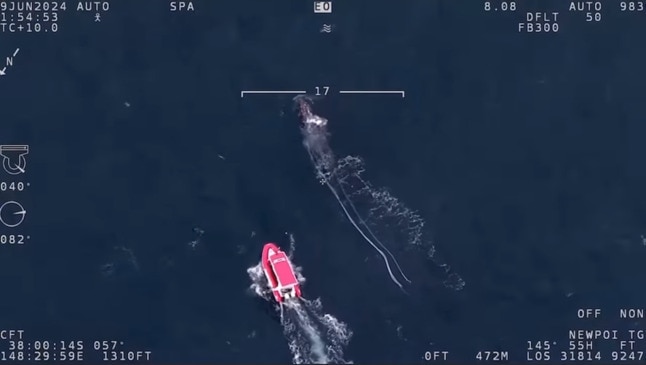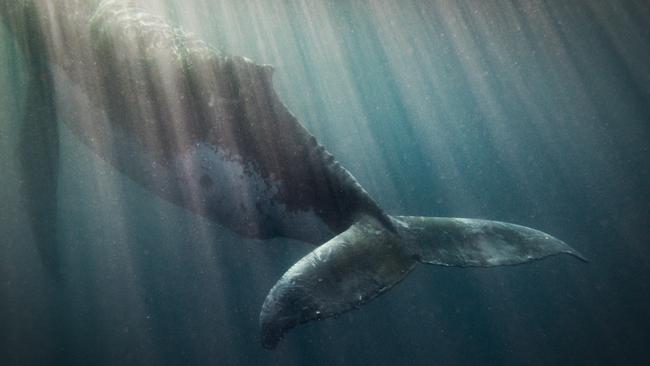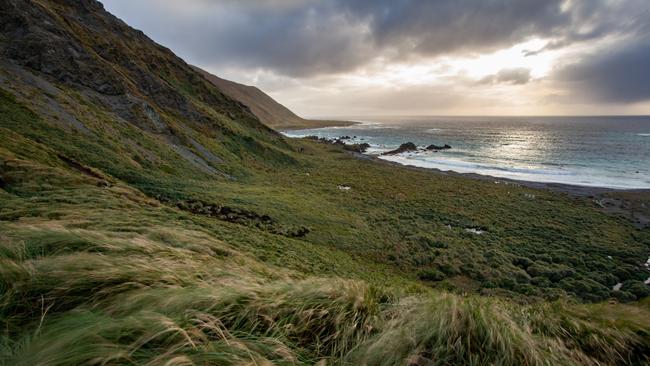Three plant species and the humpback whale are back from the brink of extinction
Three plants and a popular whale species are officially on their way back from extinction, Minister for Parks and Environment Nick Duigan said on Monday.

Tasmania
Don't miss out on the headlines from Tasmania. Followed categories will be added to My News.
Three plants and a marine mammal are officially on their way back from near-extinction,
Minister for Parks and Environment Nick Duigan said on Monday.
Pest eradication efforts on Macquarie Island had helped two Tasmanian threatened plant species return from the brink: cooks tussock grass and the prickly shield fern.
Those two species plus the shade plantain, as well as the humpback whale, are to be taken off the endangered species list.
“I am pleased to announce that population growth and species recovery has led to recommendations for several species to be taken off the endangered species list,” Mr Duigan said.
“This is wonderful news for our state and is testament to the government’s conservation efforts and our commitment to ensuring our wilderness, flora and fauna is well protected.”
The delisting has been recommended by the Threatened Species Scientific Advisory Committee

“Excitingly, cooks tussock grass and the prickly shield fern are no longer listed as endangered,” Mr Duigan said.
“They have both seen dramatic population growth since rabbits were eradicated from Macquarie Island in 2011, as part of the world-leading Macquarie Island Pest Eradication Project.”

The state and federal governments undertook a program to eradicate pest species from the sub-Antarctic Island starting in 2007.
The $24m program removed rats, rabbits and mice from the island. Cats were eradicated from the island in the early 2000s.
Mr Duigan said it was pleasing to see the numbers of humpback whales bounce back.
“The species’ Eastern Australian Population was reduced to between 200 and 500 whales in 1962. So this delisting is a huge credit to the preservation works.”
NRE Tasmania marine biologist Sam Thalmann said the recovery of humpback whale population was pleasing.
“We’ve seen the populations recover to at least prior levels, if not overshooting the levels before commercial whaling,” he said.
“We have two major populations on Australia. We have the western and the eastern population combined they’re both well and truly in excess of 40,000 and they’re continuing to recover at the highest rate possible, probably at about 10 to 13 per cent per annum.”
The recommended delistings are open for public comment until 2 September, with the official delisting expected to occur by the end of the year.





